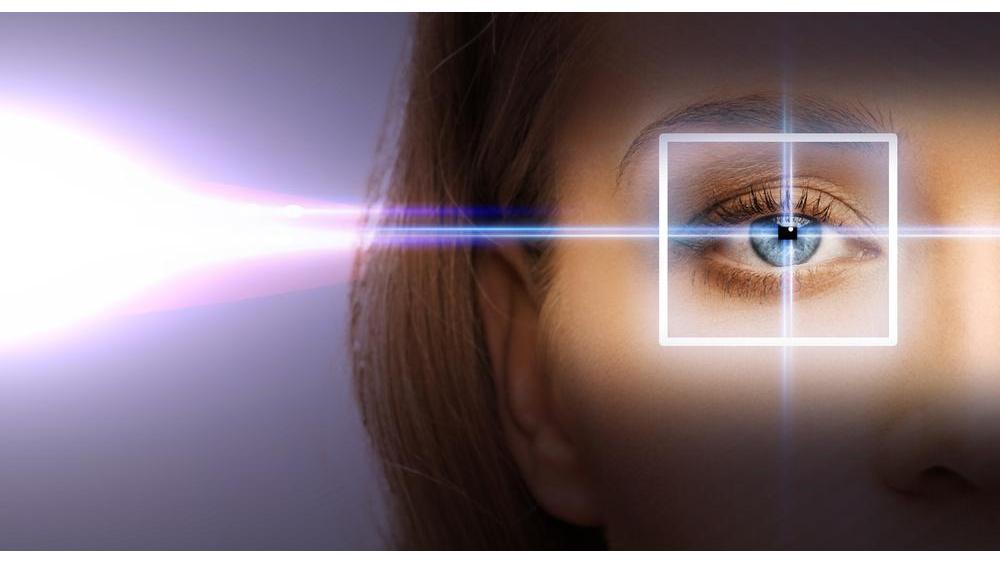Using simple, low-cost iPhone adapters, Stanford University researchers have been able to take clinical-quality images of anterior segment of the eyes, practically turning the smartphone into an ophthalmoscope.
Smartphones with high quality cameras and video capturing capabilities are ubiquitous but efforts to use them to document anatomic details of the eyes for clinical purposes have been limited by optics, magnification and lighting control problems.
Smartphone-connected ophthalmoscope devices like Welch Allyn’s iExaminer System and Terry Eye Institute’s EyePhotoDoc System do exist but they are still bulky and complicated to be used in remote rural area settings. MIT too developed a technology to use iPhone to detect cataracts but it wasn’t really a full-pledged ophthalmoscope.
The problem with the existing systems is that they come with a slit lamp - which is a microscope with adjustable, high-intensity light - that needs to be attached to the smartphone and lack the point-and-shoot capability needed for faster, cheaper and convenient eye-care.
Now, researchers at the Stanford University School of Medicine have developed two low-cost adapters that allow an iPhone to take clinical-quality images of the front and the back of the eyes within seconds. It only takes minimal training for health practitioners to take pictures and then securely save them for a later review or instantly share them with a distant eye specialist via telehealth technologies.
The two papers published in the Journal of Mobile Technology in Medicine describe the adapters. The first one, a minimalist system that consists of a low-cost macrolens, a properly positioned LED light and a mounting system universal for all smartphones, is used to take the pictures of the front of the eye while the second adapter, a 3D-printed indirect lens, is used for rapid and high quality retinal imaging of the back or fundus of the eye.
“Adapting smartphones for the eye has the potential to enhance the delivery of eye care — in particular, to provide it in places where it’s less accessible,” said David Myung, lead author of the two papers. “Whether it’s in the emergency department, where patients often have to wait a long time for a specialist, or during a primary-care physician visit, we hope that we can improve the quality of care for our patients, especially in the developing world where ophthalmologists are few and far between."
“A picture is truly worth a thousand words,” he added. “Imagine a car accident victim arriving in the emergency department with an eye injury resulting in a hyphema — blood inside the front of her eye. Normally the physician would have to describe this finding in her electronic record with words alone. Smartphones today not only have the camera resolution to supplement those words with a high-resolution photo, but also the data-transfer capability to upload that photo securely to the medical record in a matter of seconds.”
“Think Instagram for the eye,” said one of the developers, assistant professor of ophthalmology Robert Chang, MD. “With smartphone cameras now everywhere and a small, inexpensive attachment that helps the ancillary health-care staff to take a picture needed for an eye consultation, we should be able to lower the barrier to tele-ophthalmology,” he added.
The standard eye-camera equipment used in ophthalmology settings is expensive, typically costing tens of thousands of dollars. The team estimates that their anterior adapter would cost about $15 while the 3D-printed fundus camera would cost less than $90. The researchers believe that this low-cost technology can vastly improve access to eye-care and popularize tele-ophthalmology services.
The adapters developed by the team have successfully demonstrated their ability to capture medical images and transmit them via secure email, Epic’s EHR app Haiku and medical image sending app Medigram and now trials have begun in the Stanford Emergency Department to validate their performance against the standard optical cameras.
“Our ultimate goal is for this system to be usable by healthcare staff with minimal specialized training to remotely capture and share high quality retinal images in order to enhance healthcare provider communication. An example would be enabling a triage nurse to text a secure, reliable image to an ophthalmologist on-call,” note the researchers in one of the papers. “In future work, we plan to deploy subsequent generations of the adapter to non-ophthalmologists to determine the efficacy of smartphone-based photography for remotely triaging patients when access to an ophthalmologist is limited.”
Log in or register for FREE for full access to ALL site features
As a member of the nuviun community, you can benefit from:
- 24/7 unlimited access to the content library
- Full access to the company and people directories
- Unlimited discussion and commenting privileges
- Your own searchable professional profile



.jpg)








.jpg)
